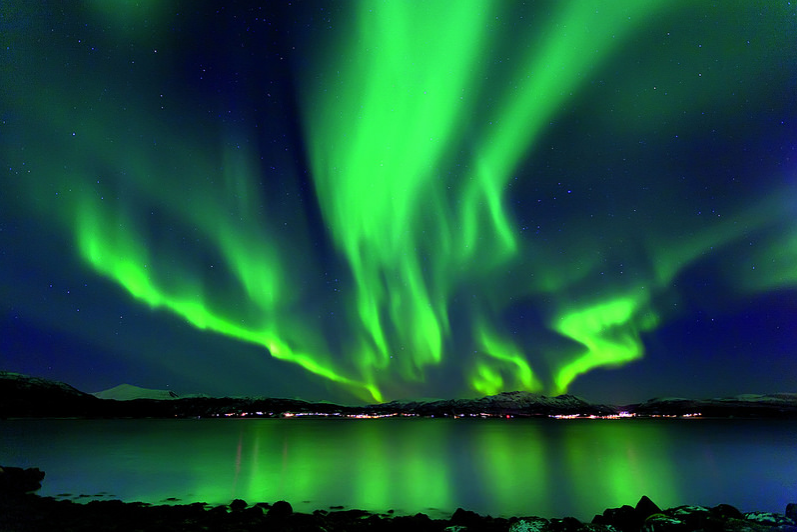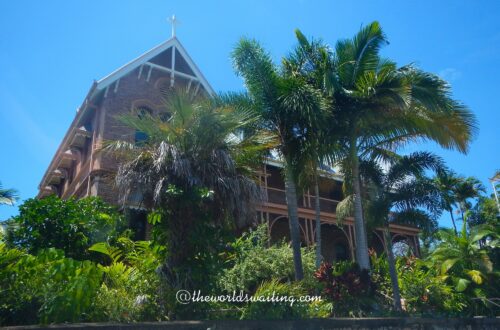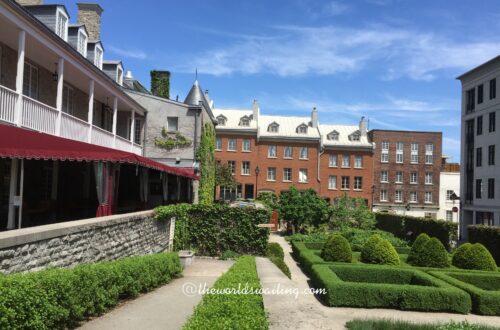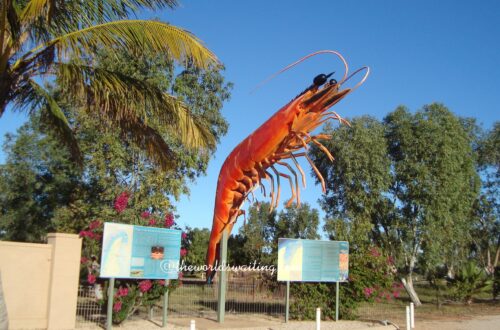
How to have the best chance of seeing the Northern Lights
Are you dreaming of seeing the Northern Lights one day? Have you been on a trip where you failed to see them? How disappointing! Well, don’t let it happen again. Here are my tips on how to have the best possible chance of seeing the Northern Lights.
Of all nature’s mysteries, the Aurora Borealis (Northern Lights) is probably the most magical. Silently appearing and scattering swirls of colour across the night sky, before mysteriously vanishing again, the Northern Lights really put on a show.
But, don’t be fooled by all the magic. There are a few factors that contribute to the show and if you keep them in mind your chances of seeing the lights multiply enormously. Here’s what to look out for:
Where to see the Northern Lights
The general belief is that the further north you are, the more likely you are the see the Northern Lights, but the lights are actually most active in a ring a little way south of the North Pole. Iceland, parts of northern (but not northernmost) Canada, northern Norway and northern Finland are the best places to see the Northern Lights, but the lights are also occasionally seen as far south as Scotland and southern parts of Scandinavia.
Whichever country you go to, make sure your viewing location is not disturbed by light pollution. While you may see the Northern Lights over a city, they will be far clearer, and more spectacular, if you’re at least 30km away from large sources of light.
Make sure you have a clear view north too. Sounds obvious, but however remote you are, it’s worth checking the direction you’re facing because if you’re standing on a south-facing slope things will be harder than they need to be.
When to see the Northern Lights
The Northern Lights are only seen against a dark sky, so you need to go out looking for them when it is dark. Fortunately, there’s a lot of night in the northern hemisphere during winter.
The precise timing depends on your location but, generally speaking, the best time to try to see the lights is between September and March. The nights are longest and darkest between November and February, so that might help make the lights more visible.

Do I need to know about solar activity levels?
You don’t need to know a lot about solar activity levels, but a bit of knowledge could help you choose an optimum time to view the lights. Solar activity (or ‘space weather’) takes place on an 11-year cycle. I’m no scientist so if you want to know more about it I suggest you get on Google but, from what I understand, the most recent maximum level of activity was recorded in 2013 and the Northern Light displays are most frequent for the two or three years following the maximum activity. So, 2024, 2025 and 2026 should be busy! This does not mean you won’t see the lights during other years, but these years are when the lights are meant to look most impressive.
Solar storms increase Northern Lights activity, but are difficult to predict (certainly in the context of booking a trip). Enquire locally about conditions.
Is the weather important when trying to see the Northern Lights?
Yes, very! The solar activity that creates the Northern Lights takes place in the sky. So, if you can’t see the sky, you can’t see the lights. Clouds are one of the most significant factors to consider when trying to see the Northern Lights. If it is cloudy you won’t see anything except cloud. Keep an eye on weather forecasts in the days before your trip. I managed to bring my pre-booked Northern Lights excursion forward one day in order to take advantage of less cloudy conditions, and I’m glad I did as all the excursions were cancelled for the remaining nights of my time in Iceland.
How to photograph the Northern Lights
My last tip is for anyone wanting to photograph the Northern Lights. In low light conditions it is more important than ever to keep your camera absolutely still, in order to get a crisp image that it not blurry. If you don’t travel with a tripod, make sure you hold your camera as steady as you can, preferably on firm ground and sheltered from cold wind. (This is the reason I’d always recommend a land excursion rather than a boat excursion to see the lights). Boat tours to see the Northern Lights do not create great photos – I speak from experience!
Remember, if you’re unsure about anything ask locally when you arrive. The locals are used to the Northern Lights, and tour companies want happy customers, so it is in their interests to help you see the lights.
I hope this information helps you track down the Northern Lights. Wrap up warm and good luck! If you’ve already seen them, please share where you saw the Northern Lights, in the comments below.





